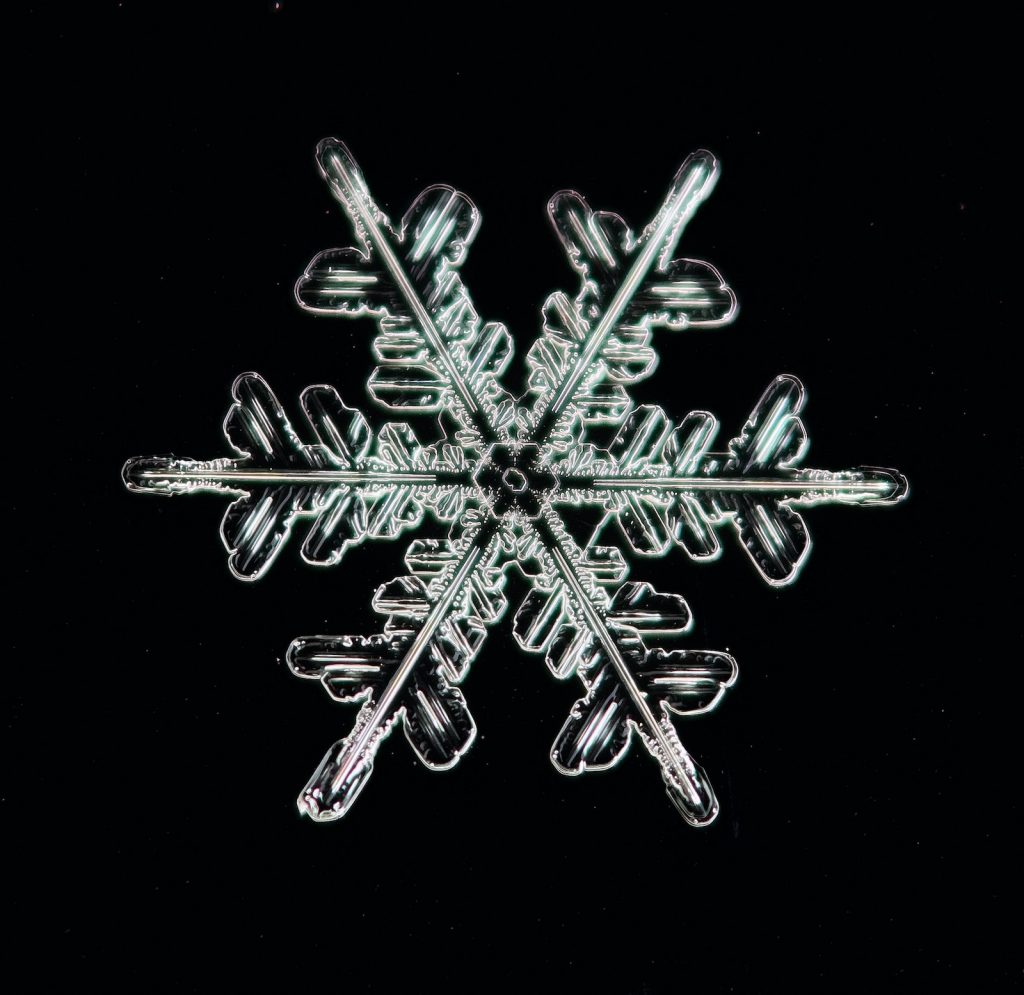It’s a common problem for the modern age, which is filled to the brim with noise: we crave silence, yet we don’t know what to do once we have it. Indeed, in a world full of sound—from below our aching feet, out into the stratosphere, with transmissions casting a smoky hue of static around the globe—our bodies have been structured to crave sonic stimulation.
Extended time spent in silence begins to unravel our preconceived notions of self, the body, time, and spaciousness. In an empty, otherwise silent house, we hear a floorboard creak from another room and our hearts instantly race. Silence leaves space for the unexpected to come dashing in and completely flip the script on what you thought tranquility was. Silence is a very particular sensation to each of us, yet also a universal idea.
Even in moments we typically categorize as “silent,” there is a depth of dynamic sound occurring that is accessible to us if we just listen. Perhaps one of the sweetest, subtest sounds is that of snow falling upon snow. The snow that’s already fallen to the ground creates an insulating layer upon which snowflakes tenderly drop from the sky. We might think of this as a very silent time, but if we take a patient moment with this experience, we find a twinkle of sound from each snowflake that falls. If snow is icy, it can create a soft hiss, like that of a radiator starting up; how fantastic that the depths of cold can sound like sizzling heat! The speed and rate of each snowflake’s fall to the ground, the surface on which it lands—a tin roof, a window, a car, grass, more snow, water—these factors affect the audible presentation, which is specific to that moment and capable of changing in an instant.
Silence is a space of waiting, of patience—not of forcing anything to be. It is a space of receiving rather than giving, and it takes a certain level of dedication to be willing to give in to the sort of free-falling sensation it creates, through clouds that may summon sunlight or a storm.
♦
Excerpted from Transcendent Waves by Lavender Suarez and reprinted with permission from Anthology Editions. Copyright 2020.
Thank you for subscribing to Tricycle! As a nonprofit, we depend on readers like you to keep Buddhist teachings and practices widely available.
